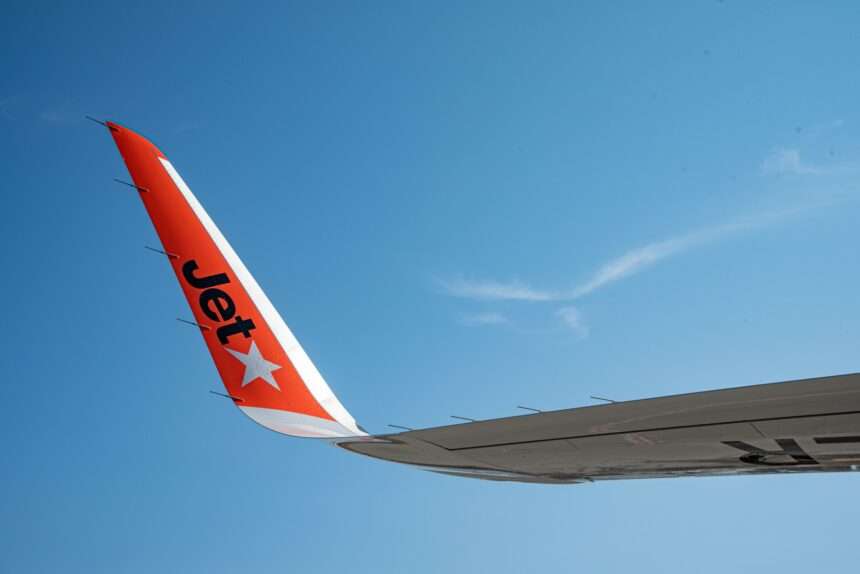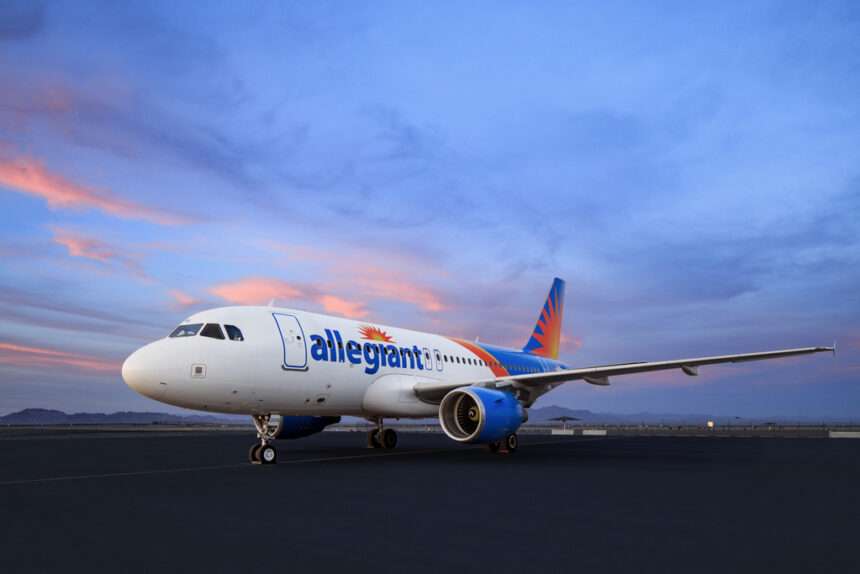Cathay Group capped a historic chapter in its 77-year journey by reactivating its final parked aircraft on June 6, 2024.
This marked the successful completion of a unique undertaking – the large-scale storage and reactivation of a significant portion of the airline’s fleet.
After nearly four years in the Australian desert, Cathay Pacific’s Airbus A330 (B-HLV) returned to Hong Kong for a comprehensive hangar maintenance check.
B-HLV held the distinction of being the first Cathay Group aircraft to enter long-term storage overseas in July 2020. This took place as the pandemic severely impacted global travel.

Pandemic Years: Mothballing the Fleet
At the height of the crisis, Cathay Pacific and HK Express were forced to park a majority of their passenger fleet.
This took place at both in Hong Kong International Airport and overseas locations like Alice Springs, Australia and Ciudad Real, Spain.
As travel began to recover, Cathay Group embarked on a meticulous reactivation process for these aircraft.
This involved a rigorous series of checks and inspections to ensure the continued safety and performance of each plane.

Alex McGowan, Chief Operations and Service Delivery Officer spoke of the task of mothballing and reactivating the fleet.
“Parking and reactivating such a large number of aircraft is a truly unprecedented undertaking for Cathay Pacific. The sheer scale and complexity of this project is unlike anything we’ve ever faced.”
Reactivating a Grounded Fleet
McGowan emphasized the immense effort required to maintain and reactivate grounded aircraft. He expressed his gratitude to the Hong Kong Civil Aviation Department for their invaluable support throughout the process.
“Our teams worldwide played a critical role in ensuring the well-being of our valuable assets,” McGowan continued.

“They displayed remarkable positivity, determination, and the true ‘can-do’ spirit that Cathay is known for.”
“I’m incredibly proud of their tireless efforts as we reunite our final desert-bound aircraft with the rest of the fleet, closing a truly remarkable chapter in Cathay’s history.”
With the fleet now fully operational, Cathay Group sets its sights firmly on the future. The company boasts over 70 new aircraft on order. The carrier has the option to acquire an additional 52 in the coming years.
Additionally, they are actively exploring options for a new mid-size widebody aircraft. These investments underscore Cathay Group’s continued confidence in Hong Kong’s position as a major international aviation hub.
They also anticipate the exciting opportunities presented by the completion of the Three-Runway System at Hong Kong International Airport later this year.

Maintenance Actions for Return to Service
General Manager Engineering Operations Bob Taylor shed light on the meticulous procedures involved in aircraft storage and reactivation.
“Long-term parked aircraft require a specific program of maintenance checks and inspections. These are repeated at regular intervals to ensure they remain in top condition,” he explained.
Taylor elaborated on the rigorous reactivation process, highlighting the importance of comprehensive checks before returning an aircraft from storage. Hangar maintenance also includes a series of further detailed inspections.
Upon arrival in Alice Springs, each aircraft underwent a thorough 14-day preservation check. This was then followed by a cycle of regular inspections.
This program resulted in over 16,000 periodic checks and a staggering 800,000 labor hours. This was dedicated to preservation, periodic checks, and reactivation maintenance across the entire fleet.

Conclusion: A Team Effort
The logistical feat also involved shipping over 40,000 parts and specialized equipment. This was freighted from Hong Kong to support the Alice Springs operation.
Furthermore, Cathay Group’s on-site Quality Assurance team conducted a remarkable 2,000 audits.
“This was a true team effort,” concluded Taylor. “It required the collaboration of numerous Cathay Pacific departments and key partners.”
“This included Hong Kong Aircraft Engineering Company (HAECO), Boeing, and Airbus. Also our local service provider in Alice Springs, Asia Pacific Aircraft Storage (APAS).”
“Managing this unprecedented workload for such a large number of aircraft is a testament to the incredible team we have at Cathay Pacific. I am immensely proud of their accomplishment.”

Click the banner to subscribe to our weekly newsleter.

Click the photo to join our WhatsApp channel so then you can stay up to date with everything going on in the aviation industry!







